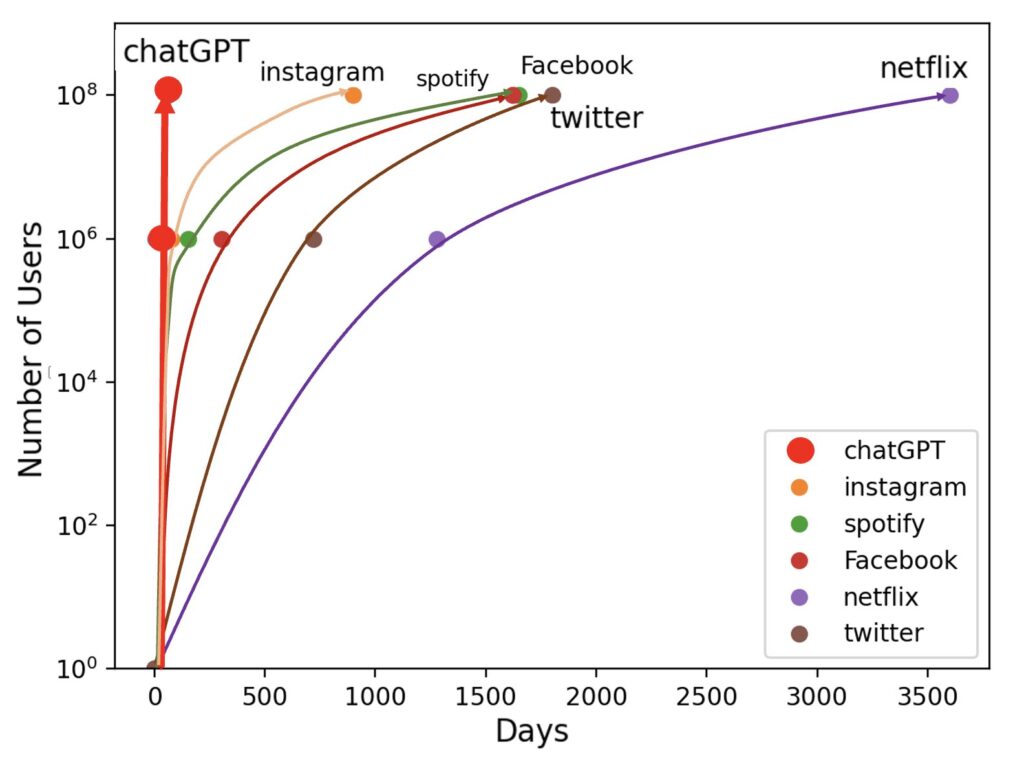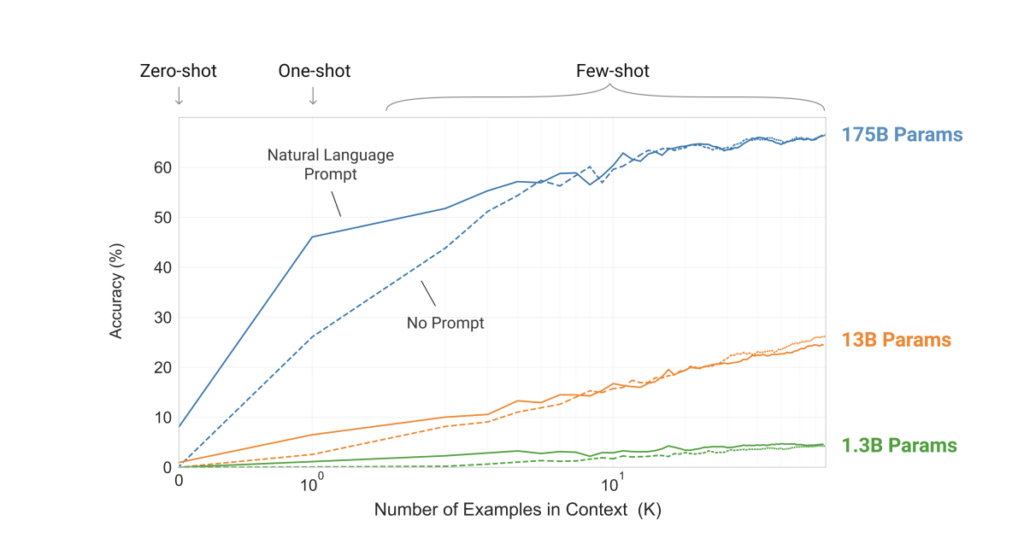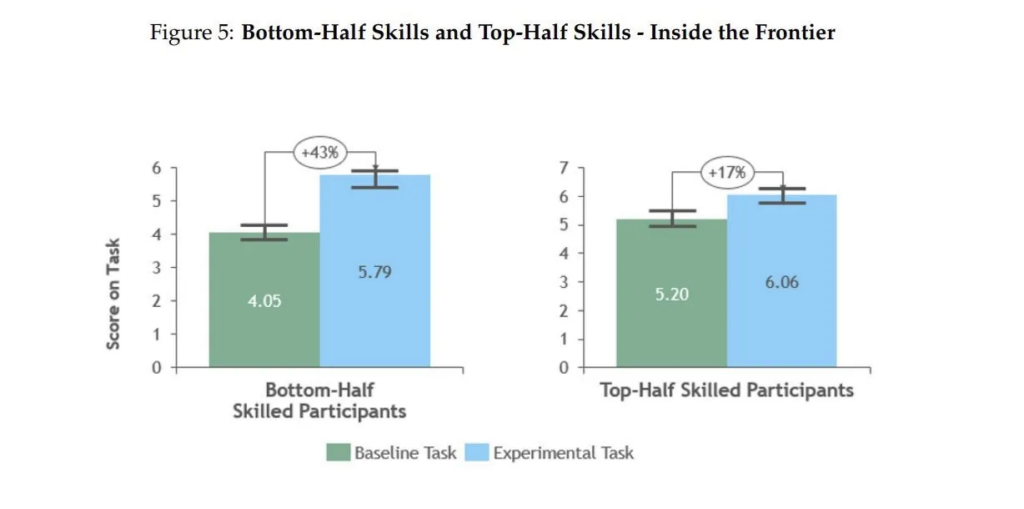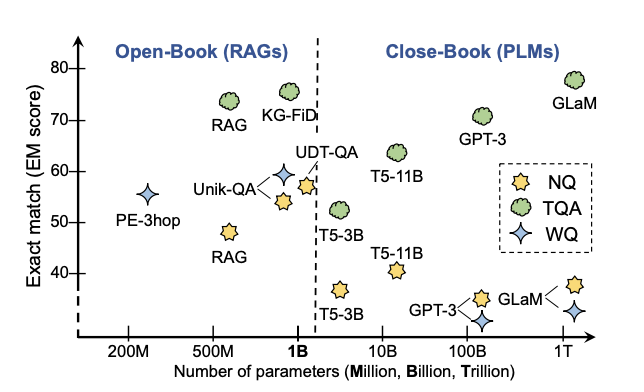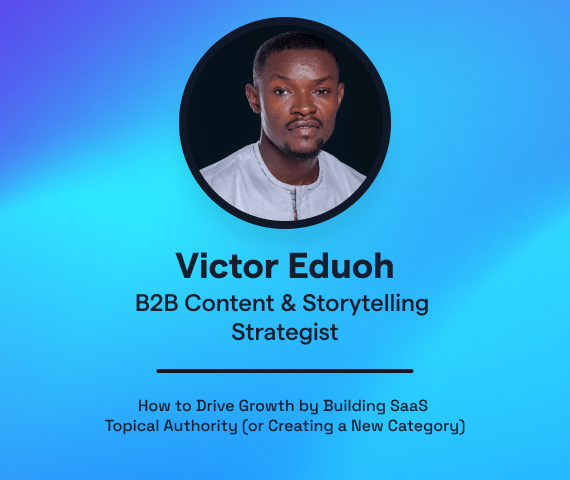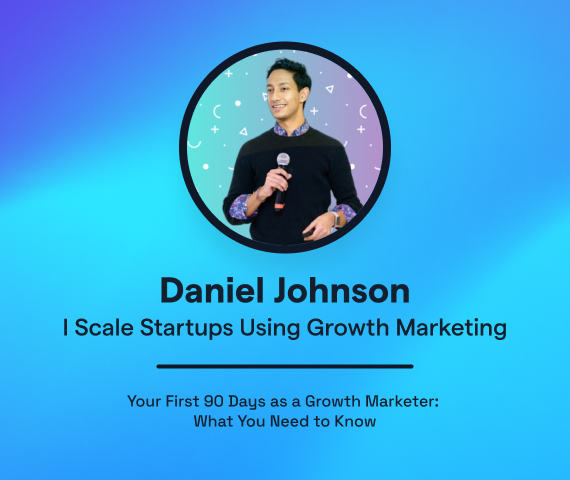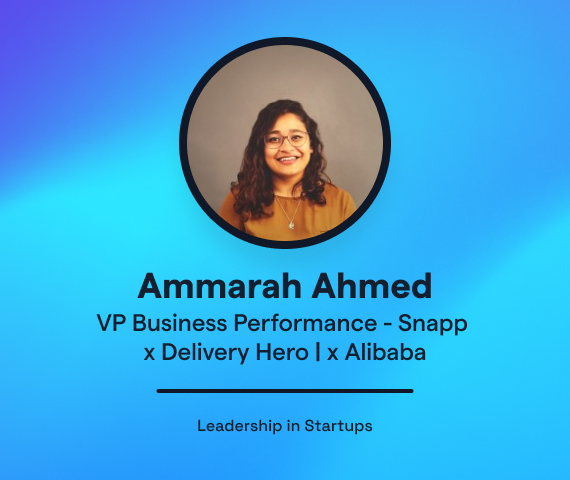How to get a prompt engineer job
If you check my LinkedIn bio you’ll see my job title is “Prompt Engineer”, meaning all day every day I’m testing and learning what works (or doesn’t) when building AI applications. I’ve been working with generative AI since the GPT-3 beta in 2020, and it has slowly taken over 100% of my work. When ChatGPT launched in November 2022 and became the fastest growing product in history, there was a huge explosion of interest in generative AI, and that was when I first started making money from prompting.
Initially I was delivering corporate training to forward-thinking organizations who were excited about AI and wanted their employees to adopt AI. They found me through my prompt engineering blog post, which I wrote based on my own experimentation with GPT-3 and Midjourney v4. I partnered up with a friend, James Phoenix, to launch a prompt engineering course on Udemy, which 80,000 people have now taken. In June 2024 we published a prompt engineering book together through O’Reilly. Today I do two days a week as a freelance prompt engineer for AI startups, and three days a week building my own AI products.
Is prompt engineer the job of the future?
The AI world is divided into those who believe prompt engineering is the job of the future, and those who believe it will no longer be necessary as the models get good enough. In the former camp there’s Robin Li, the Co-Founder and CEO of Baidu, who claims “In ten years, half of the world’s jobs will be in prompt engineering”. While Sam Altman, the Co-Founder and CEO of OpenAI, says that “I don’t think we’ll still be doing prompt engineering in five years”. As a prompt engineer myself I get this question a lot, including on Growth Mentor where I have done over 200 mentoring sessions.
I tend to think of prompt engineering not as a job role, but as a skill that will be necessary for many roles, like learning Microsoft Excel. I call myself a prompt engineer right now, but I eventually suspect that will be like calling yourself an ‘Excel engineer’. Eventually the domain expertise you can put into the prompt will be more important than your familiarity with prompting techniques. I have already seen this, with many of the tricks and hacks I had to use to make GPT-3 work now no longer being necessary. That said, one thing the GPT-3 paper highlighted was that prompting actually works better the bigger the model, and can be worth a 50% boost in accuracy when combined with inserting examples of the task in the prompt.
We might not call it prompt engineering in five years, but working effectively with AI is only going to become more important. I saw the same as the Co-Founder and COO of a growth marketing agency from 2014 to 2020: eventually all marketers became more technical and data-driven, as growth marketers rose to leadership positions and tech companies became the most valuable companies in the world. The same will likely play out with AI, as those who are early adopters of AI now will get promoted above those who don’t use AI, and AI-first companies overtake incumbents. Studies show that novices using AI close the gap on experts who don’t use AI, erasing some of the premium that comes with domain expertise.
What is in a prompt engineer’s job description?
I first started getting questions about how to land a prompt engineer job when Anthropic started advertising for prompt engineers, offering $250k – $375k USD. The job description stated that your role would involve the following responsibilities:
- Discover, test, and document best practices for a wide range of tasks relevant to our customers.
- Build up a library of high quality prompts or prompt chains to accomplish a variety of tasks, with an easy guide to help users search for the one that meets their needs.
- Build a set of tutorials and interactive tools that teach the art of prompt engineering to our customers.
- Work with large enterprise customers on their prompting strategies.
I can confirm, that describes pretty well what I do all day. I would say that building up a library of high quality prompts is way less important than I initially suspected, because the prompts that work are so highly-tailored to the specific needs of the client and task at hand. I also suspect that far less of the day-to-day work of a prompt engineer will be devoted to training over time, as the novelty of AI wears off and everyone has a baseline understanding of how to work with generative models.
Here are the skills that Anthropic was hiring for:
- Have 3-5 years of relevant or transferrable experience.
- Have at least a high level familiarity with the architecture and operation of large language models.
- Are an excellent communicator, and love teaching technical concepts and creating high quality documentation that helps out others.
- Are excited to talk to motivated customers and help solve their problems.
- Have a creative hacker spirit and love solving puzzles.
- Have a firm grasp of programming in Python and experience with data structures/algorithms.
- Have an organizational mindset and enjoy building teams from the ground up.
- You think holistically and can proactively identify the needs of an organization.
- Make ambiguous problems clear and identify core principles that can translate across scenarios.
- Have a passion for making powerful technology safe and societally beneficial.
- You anticipate unforeseen risks, model out scenarios, and provide actionable guidance to internal stakeholders.
- Think creatively about the risks and benefits of new technologies, and think beyond past checklists and playbooks.
- You stay up-to-date and informed by taking an active interest in emerging research and industry trends.
It’s probably no coincidence that this list of skills closely aligns with the previous “sexiest job of the 21st century”, data scientist. Like a data scientist, a prompt engineer is a cross-functional role, expected to be able to dive deep into the technical details, while also explaining their business impact to busy executives. While you can learn and apply prompt engineering principles without knowing how to code, your impact will forever be constrained if you’re relegated to copy and pasting prompts all the time instead of writing scripts to automate hundreds of API calls.
You’ll also miss out on trying all the latest tools in their raw form, when they’re only available via the API or in some obscure, poorly documented package on GitHub. I was using Stable Diffusion in Google Colab for months before a no code interface was even available, and that gave me an edge over anyone who couldn’t code. Being able to code also helps you program systems that supplement AI systems, like vector databases, allowing the AI to search for up to data information and decrease hallucinations (making things up). Smaller, dumber AI models using Retrieval-Augments Generation (RAG) where it can do a search first before answering, beat larger, smarter models that don’t get to search for context.
That said, I don’t think you have to have anything but a surface-level understanding of how LLMs and Diffusion models work. In fact, I’ve seen experience in AI/ML be somewhat of a curse rather than a blessing, as they bias towards spending their time fine-tuning models, when prompting could solve the problem faster. Engineers are the most likely to tell me that ‘prompt engineering is dead’, perhaps because it would be better for their ego if it were. The truth is prompt engineering beats fine-tuning until you have 2,000+ data points to train on.
It must feel almost unfair that someone can program a computer in plain english today, when you’ve spent years studying inscrutable computer languages and frameworks. “The hottest new programming language is English”, notes Andrej Karpathy, Co-Founder of OpenAI and former Head of AI at Tesla. These gatekeepers who say that prompt engineering isn’t real software engineering, miss the irony that ‘real’ engineers (who build bridges, buildings, airplanes) believe software engineering isn’t a real engineering discipline either.
How to get a prompt engineer job
You’ve read this far, and you’re really jazzed about prompt engineering, but you have no idea where to start. Unfortunately prompt engineering is still an extremely new discipline, and as such you need to have relatively high agency to break into the field. In other words, there is no tried and true path, and you’ll likely need to do a lot of work to find a way in. That said, I have some pointers for you that can help get you started and point you in the right direction.
1. Learn to code
You need to pick up Python, which can be done in about 3 months in evenings and weekends. I personally found Dataquest’s course to have taught me the most, but it doesn’t matter what you try so long as you push through the initial hump. It will suck, but don’t give up. There is no other area of your life where you can generate such a large quality of life improvement for so little effort. I have seen people double, triple, or even quadruple their salaries by learning to code. Without knowing code you will just be that much less useful to an employer who is hiring for a prompt engineering role. The good news is that this is the best time in history to learn how to code, because ChatGPT and GitHub Copilot are here to help!
2. Automate your work
Every single company that has hired me for this type of job wanted to see projects I had built, or hear about automations I run to make myself more productive. I am constantly experimenting with what AI can do by building things for myself, and half the time the random things I learn end up being useful later on when working with a client on a project. Whenever I automate some part of my job, not only do I learn a new technique but I also get that time back to spend on more automation projects, so this is one of those habits that compounds over time.
3. Publish your work
I got my lucky break with O’Reilly because somebody read a blog post I put out there on prompt engineering and decided it was time for a book on the topic. It doesn’t matter how good your work is if nobody sees it, so make sure you finish every project you work on and get it out there in the world. Even my failures become great content marketing. For example, a project I went out of pocket on for a client who never ended up buying the work, ended up being my presentation at MAU Vegas in front of hundreds of people, which in turn landed me more work that more than made up for that initial loss.
4. Have a thing you do
I really don’t like the term networking, because it implies there’s some inherent value in just meeting people. The truth is that those connections are not serious until you have something to offer them, which you can only do if you have ‘a thing’ you do. When I lived in New York I was at a startup event every other night, and basically none of the people I met ever did anything for my career. I would talk about random interests and nobody would ever know where to place me. However, when I started telling people I had spent $50 million on Facebook ads, suddenly they were making introductions left, right, and center, and my agency took off. If you also struggle to find work as a generalist, do yourself a favor and read my Shoggoth post on how to handle it.
5. Apply with unreasonable effort
It has been a while since I applied for a job, now that I’ve started a few businesses, but the thing that always worked for me was putting in an unreasonable amount of effort over the other candidates. It’s not as hard as it sounds to do this, because frankly most people put in very little effort to their applications. I learned that lesson the hard way when I graduated in the middle of the financial crisis and applied to 100+ jobs without being invited to an interview. Eventually I got a crappy sales job and lasted 6 months. For every job since then I have put in at least two days worth of effort into every single application I send, and have always gotten at least an interview. A fun example was when I got a job working for Noah Kagan at Sumo me, where I built a fake page for SumoMe and ran a Facebook ad campaign on my credit card, including making up an ad they later told me drove at least 5 sign ups for their software.
I don’t think you can go wrong with a career in prompt engineering, because AI is growing so fast that no matter what happens in the field you’ll be at the forefront of something. It’s like being around at the dawn of the internet – everybody in the field will end up somewhere lucrative. The downside is that the work is technically demanding, and you have to deal with a lot of uncertainty. Things are changing every week, so if you don’t love change like I do, you might find yourself dealing with a lot of stress and anxiety. Even if you don’t go all in and become a prompt engineer, you can always benefit from getting a bit more exposure to the latest wave of technology, and getting comfortable with technical topics never hurts.
If you know how to code already, I recommend my prompt engineering book as the most comprehensive resource, but if you’re strapped for cash, Udemy does sales all the time and you can usually pick up my prompt engineering course for $10-15 if you get the timing right. If you’re non-technical, try my ChatGPT & DALL-E course on Udemy which is completely free and only takes an hour. If you want to talk through any of these topics and get some advice, you can book me on Growth Mentor for no charge (so long as you’re a member). Best of luck on your journey, and happy prompting!
